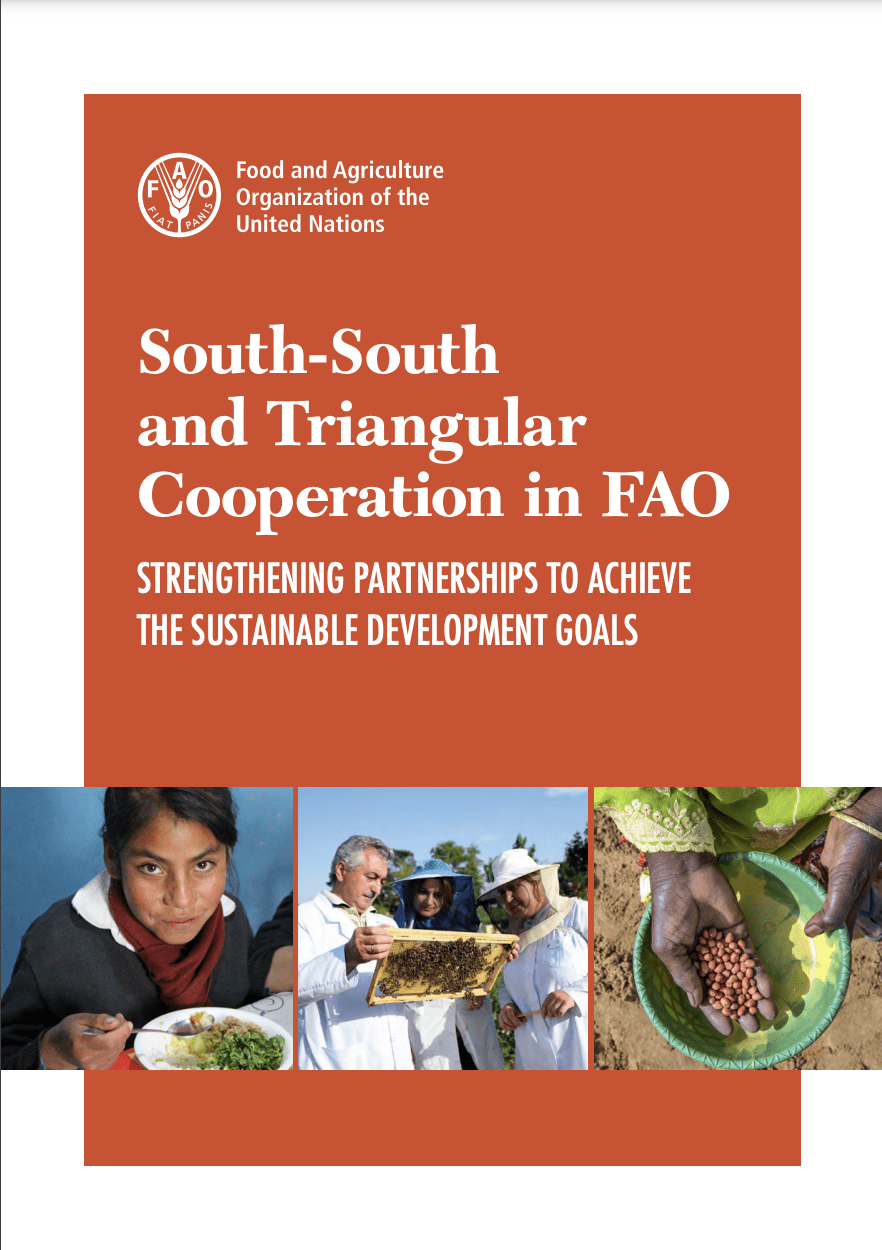South-South cooperation (SSC) is an integral part of international cooperation for development. Grounded on its unique principles and flexible approaches, SSC, as a complement to NorthSouth cooperation, provides developing countries a broader framework to engage in mutually beneficial cooperation in pursuit of their individual and collective development goals. In recent years, South-South and triangular cooperation (SSTC) has gained momentum and emphasis in the global development discourse being recognized as an effective mechanism in the implementation of the 2030 development agenda. In this context, particular emphasis has been placed on SSTC in the areas of science, technology, innovation and capacity development.
This publication, an outcome of the strategic review, comes at a very timely moment as the international community gathers in March 2019 in Buenos Aires to commemorate the 40th anniversary of the United Nations High-level Conference on SSC, take stock of the progress made by the United Nation system in promoting SSTC and explore opportunities to advance SSTC in the implementation of the 2030 Agenda for Sustainable Development.
By highlighting FAO’s rich experience and impactful work in SSTC spanning 1996–2017, the report provides concrete evidence on the role of SSTC to agriculture development, food security and nutrition and will contribute to a better understanding of the contribution of SSTC to the implementation of the SDGs-1.
The Strategic Review is based on a thorough analysis of the SSTC initiatives implemented by FAO from 1996 to 2017. It seeks to provide a comprehensive picture of the evolution of FAO’s SSTC portfolio, the key lessons learned through the implementation of its SSTC initiatives, and sets the basis for the formulation of a new strategy that will guide FAO’s future SSTC work. Specifically, the review aims to achieve the following objectives:
- Identify and document good practices on SSTC in agricultural development, food security and nutrition with potential for replication and scaling-up.
- Contribute to a better understanding of the role of SSTC to agricultural development, food security and nutrition.
- Identify key lessons to improve the quality and impact of FAO’s future SSTC work.
- Facilitate future reporting on specific topics and themes related to SSTC.
The report is structured as follows. Chapter 2 discusses SSTC in agriculture, food security and nutrition in the context of the 2030 Agenda for Sustainable Development. Chapter 3 provides an overview of SSTC in FAO. The contribution of SSTC to the realization of FAO’s Strategic Objectives and SDGs is discussed in Chapter 4. Lessons learned, challenges, opportunities and FAO’s SSTC renewed vision are presented in Chapter 5.

